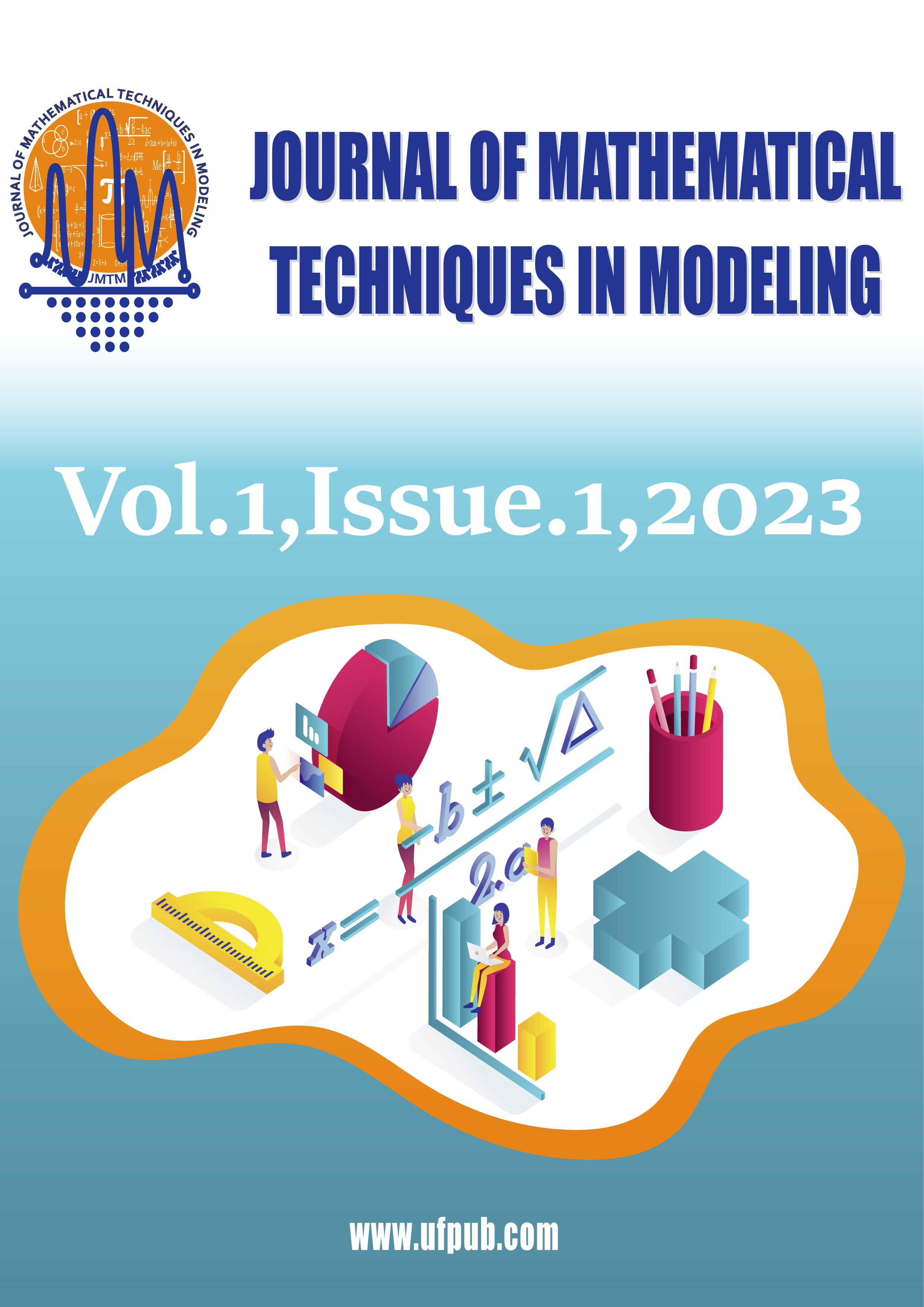Stochastic Model on the Transmission of Worms in Wireless Sensor Network
DOI:
https://doi.org/10.56868/jmtm.v1i1.31Keywords:
Wireless Sensor Networks, Epidemic Model, Noise, PersistenceAbstract
Due to their severe operating limitations, wireless sensor networks (WSNs) confront a major” Network Security” problem. The root of the problem is worm penetration into the wireless network. Worms may spread quickly and uncontrollably throughout the network from a single compromised node, infecting other nodes with the virus. In the present manuscript, a stochastic Susceptible-Infectious-vaccinated-Susceptible (SIVR) model for Wireless sensor networks is proposed. Firstly, we prove that the global positive solution exists and is unique. We then infer adequate circumstances for the malware to endure and to go extinct. Our results demonstrate that the introduction of sporadic environmental disturbances can prevent the malware from spreading. Stated differently, the deterministic model overestimates the ability of the malware to spread because it ignores unpredictable disturbances. To demonstrate the analytical results, numerical simulations are carried out. Comparing the proposed (SIVR) model to other models, it offers a better method of controlling the spread of worms.
Downloads
Published
Issue
Section
License
Copyright (c) 2023 Sayed Murad Ali Shah, Hussan Tahir, Asaf Khan, Wajahat Ali khan, Alishba Arshad (Author)

This work is licensed under a Creative Commons Attribution 4.0 International License.










